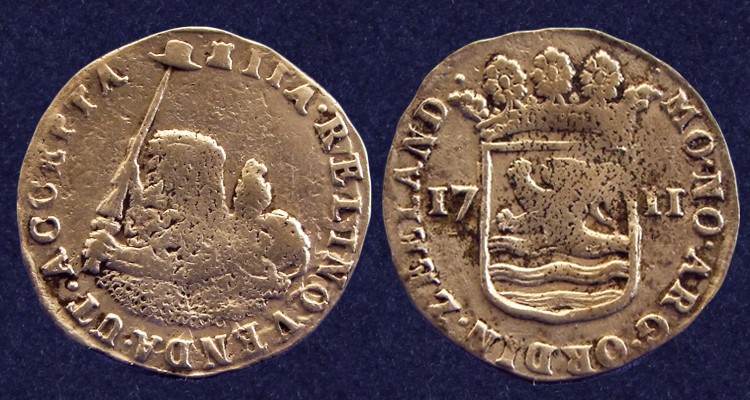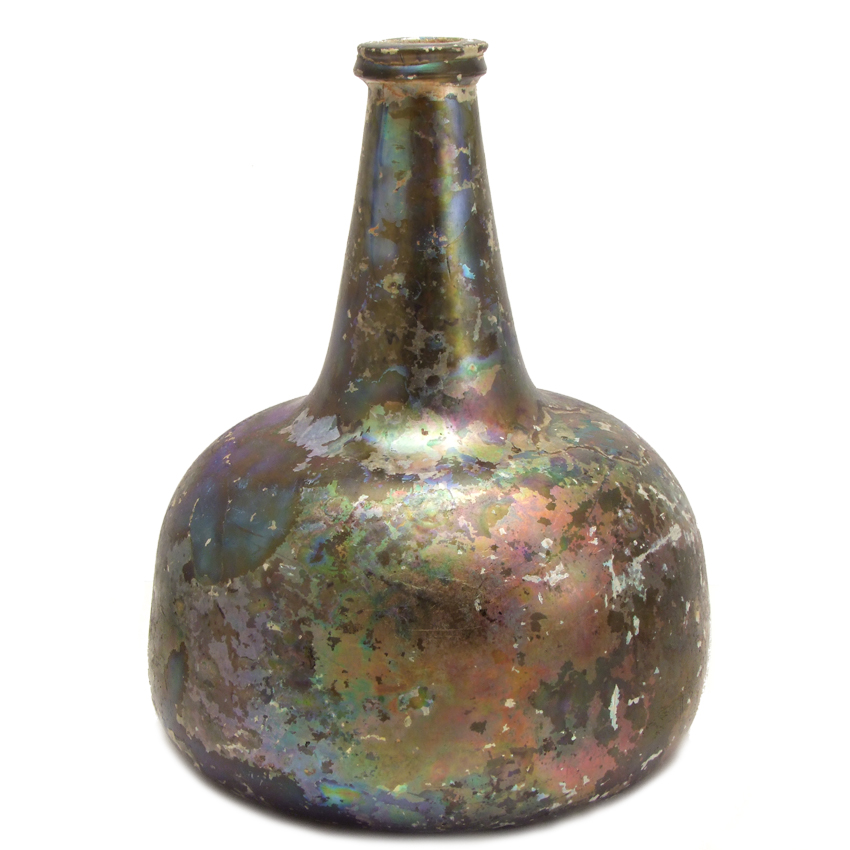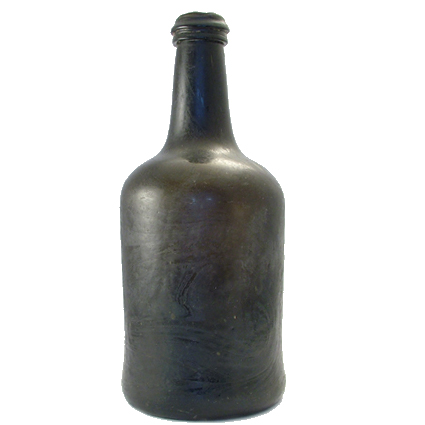- Home
- Historical info
- Shipwrecks
Shipwrecks
Sunken Treasures from Historic Shipwrecks
For centuries, ships carried people, goods, and treasure across dangerous seas. Many never reached their destination, sinking with valuable cargo that lay hidden for hundreds of years. These historic shipwrecks not only reveal dramatic stories of exploration, trade, and conflict, but also preserve coins and artefacts that bring the maritime past to life.
Many VOC shipwrecks from the 16th, 17th and 18th century have yielded fascinating coins and artefacts. Not only the discovery of chests filled with gold and silver coins has sparked our interest, but also more ordinary objects such as clay pipes, wine bottles and porcelain destined for the European market.
Even after several hundred years these discoveries have striking stories to tell - from coin chests that suggest smuggling aboard 't Vliegend Hert to issues only documented after the Zuytdorp wreck was found. Below you'll find notable shipwrecks, from Dutch East India Company vessels (VOC) to Asian trading ships, offering a glimpse of this maritime history.
A 17th-century wine bottle ("onion bottle"), typically used on board VOC ships and a port bottle retrieved from the water near Barbados. The 17th-century onion bottles with a squat, rounded form with its wide base gave the bottle stability at sea. The thick dark glass protected wine or spirits from light, and the compact shape allowed bottles to be packed tightly without breaking. This practical design was later replaced by taller cylindrical bottles in the 18th century.
Akerendam (1725) - VOC Treasure Wreck off Runde
The VOC ship Akerendam was built in 1724 and departed on 19 January 1725 in convoy for Batavia with a crew of about 200 and 19 chests of gold and silver. On 8 March 1725, driven by a snowstorm, the vessel struck near the cliffs of Runde Island on Norway's west coast. Although close to shore, there were no survivors.
In the months after the wreck, five coin chests were recovered before the site was forgotten. Rediscovered by Swedish and Norwegian sport divers in 1972, the wreck yielded roughly 57,000 gold and silver coins. Among the 6,600 gold coins were rare Utrecht 1724 ducats - previously known only in tiny numbers - making this Norway's largest coin treasure, often called the Runde Treasure.
The Norwegian share was divided between the University of Oslo's Coin Cabinet and the Bergen Maritime Museum; a portion was later exhibited on Runde. The divers' 75% share was auctioned in Switzerland in 1978, bringing the treasure to collectors worldwide.
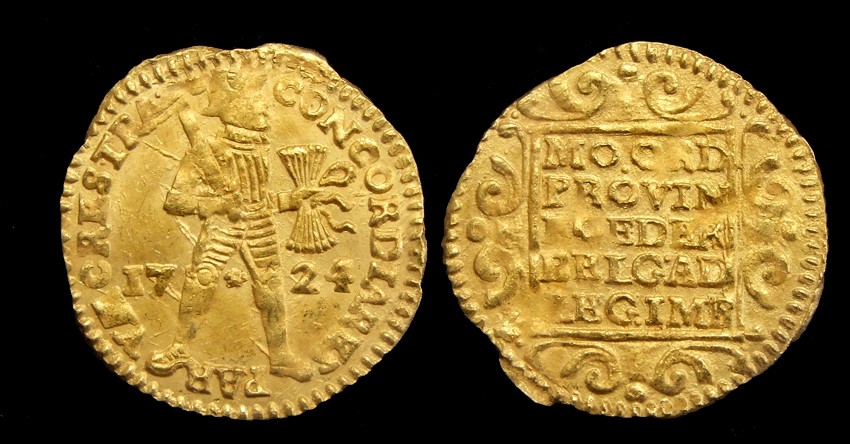
Ca Mau (c. 1725) - Chinese Porcelain Cargo off Vietnam
In 1998, fishermen discovered a wreck off the Ca Mau Peninsula in southern Vietnam. Excavation recovered more than 130,000 artefacts, mostly porcelain destined for European markets. After Vietnamese museums made their selections, about 76,000 ceramics were sold at auction in Amsterdam in 2007.
Believed to be a Chinese junk sailing from Quanzhou (Canton) toward the Dutch trading port of Batavia (Jakarta), the ship likely sank after an intense onboard fire that fused some ceramics together. All porcelain was produced at Jingdezhen and dates to around 1725 - the early years of the Yongzheng reign (1723-1735).
Hoi An Hoard (15th Century) - Vietnamese Trading Vessel
In the mid-15th century, a trading vessel carrying a substantial cargo of high-quality Vietnamese ceramics vanished off central Vietnam. Local fishermen located the wreck about 22 miles offshore in the early 1990s. A four-year recovery effort began in 1996, ultimately lifting more than 250,000 pieces of Vietnamese pottery.
The story of the wreck and its recovery reached a wide audience through the bestseller Dragon Sea: A True Tale of Treasure, Archaeology, and Greed off the Coast of Vietnam by Frank Pope. Today the Hoard provides a benchmark collection for the study of 15th-century Vietnamese export wares and maritime trade routes.
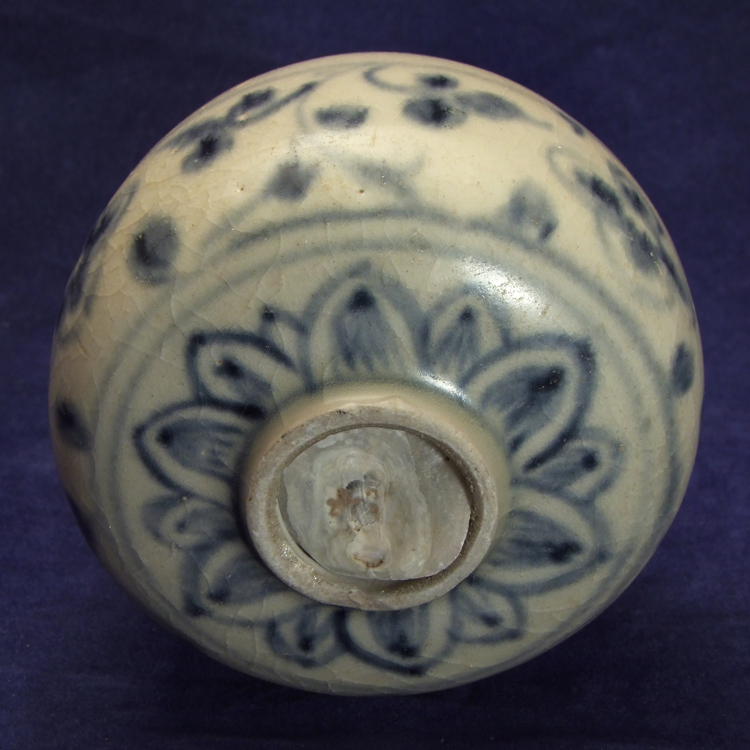
Hollandia (1743) - VOC East Indiaman Lost off the Scillies
The VOC vessel Hollandia was built in Amsterdam in 1742. On 3 July 1743 she sailed on her maiden voyage from Texel to Batavia with an estimated 129,700 guilders in silver coins, a crew of 276 and several important passengers. Ten days later, on 13 July, Hollandia was wrecked on Gunner's Rock near the Isles of Scilly. There were no survivors.
The wreck was discovered in September 1971 by Rex Cowan. Subsequent recoveries brought up a large quantity of coins as well as bronze cannon and mortars, illuminating the wealth and armament carried by VOC East Indiamen at the height of Dutch overseas trade.
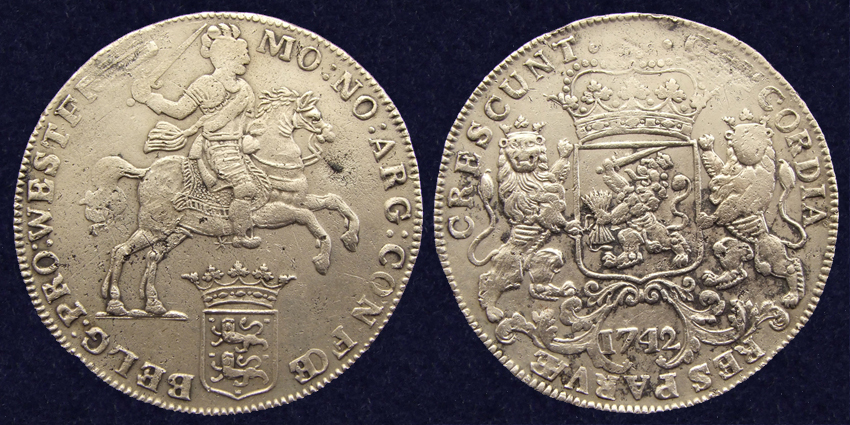
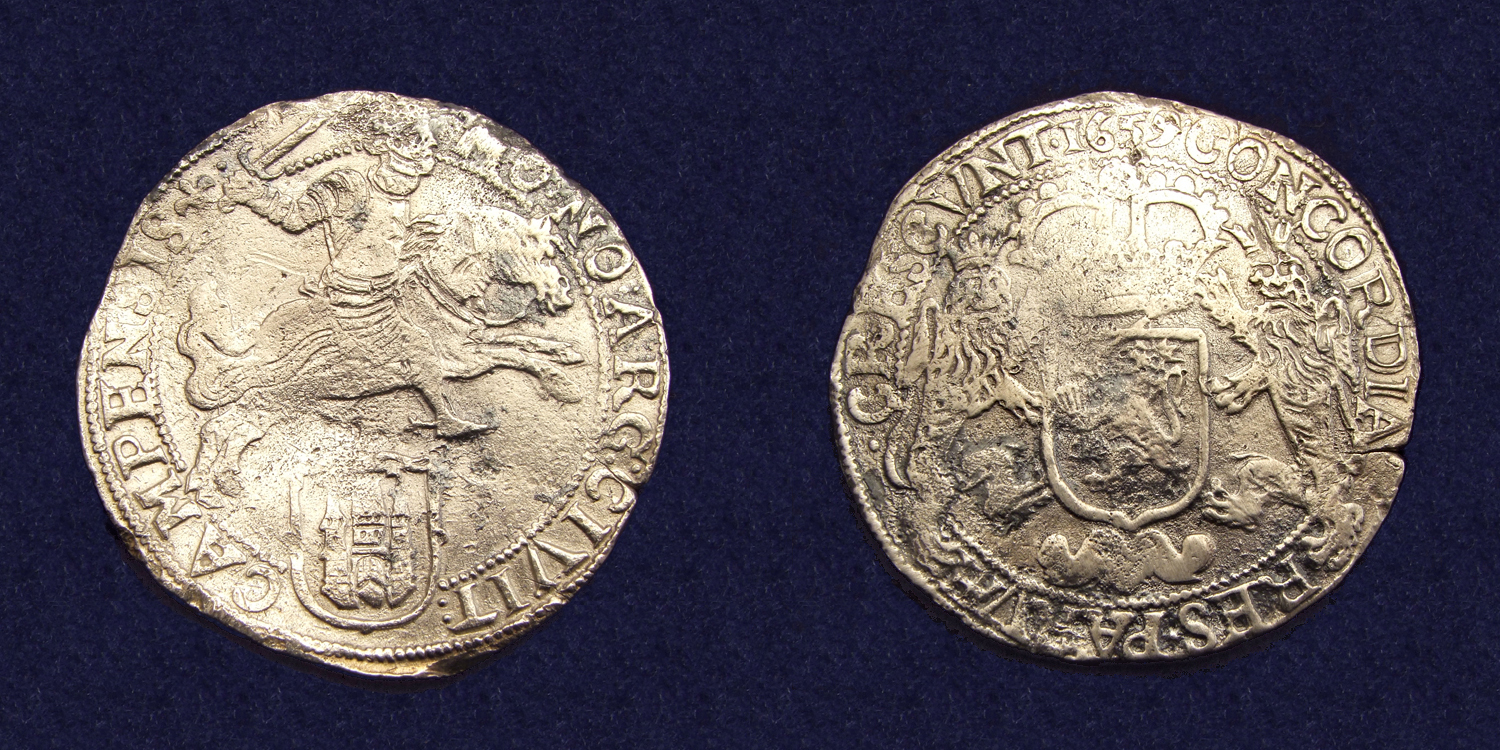
De Liefde (1711) - Dutch East India Company Merchant Ship
The VOC merchant ship De Liefde ("The Love") was built in Amsterdam in 1698 for the Dutch East India Company (VOC). Designed for long-distance trade, she carried gold, silver and valuable goods between Asia and Europe.
In November 1711, while returning from the East Indies, De Liefde was wrecked near the Shetland Islands with a cargo valued at more than 227,000 guilders. Of roughly 300 passengers and crew, only one survived, making this one of the deadliest VOC wrecks in northern waters.
A salvage attempt followed in 1712, but most treasure remained on the seabed. Rediscovered in 1965, divers retrieved gold and silver coins, personal items and the ship's bell marked with the VOC emblem and the year 1700 - a powerful reminder of the risks and rewards of early modern seafaring.
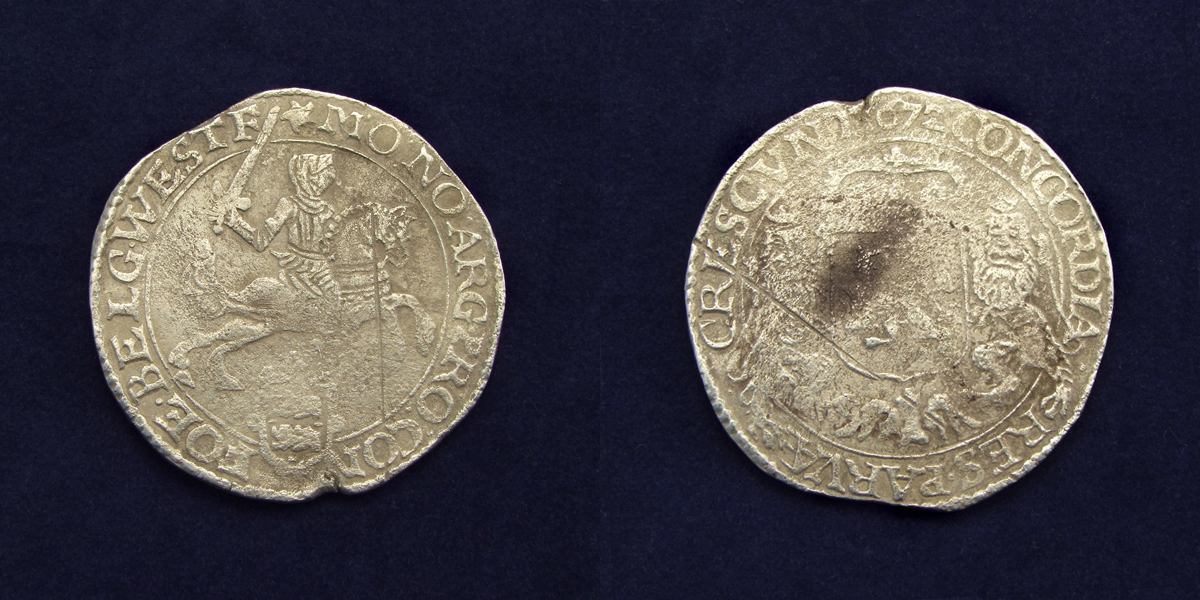
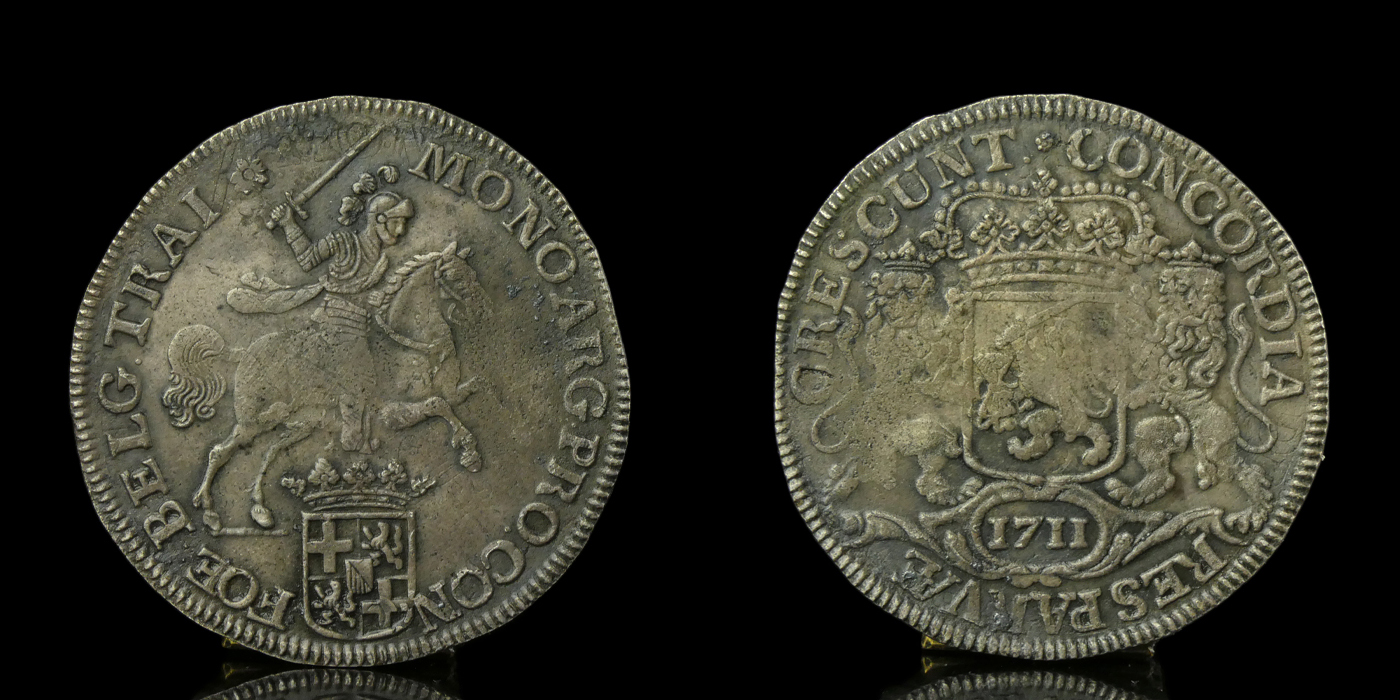
De Meeresteijn (1702) - VOC Wreck at the Cape of Good Hope
The VOC ship Meeresteijn was lost off the Cape of Good Hope (Saldanha Bay, Jutten Island) on 3 April 1702. Breaking apart during the night, the disaster left only 99 survivors out of the people aboard. Sixteen chests of coins were recorded on the ship's cargo.
Rediscovery and salvage in the early 1970s brought to light silver coins and other artefacts, offering insight into trade across the Cape route and the hazards faced by East Indiamen returning to Europe.
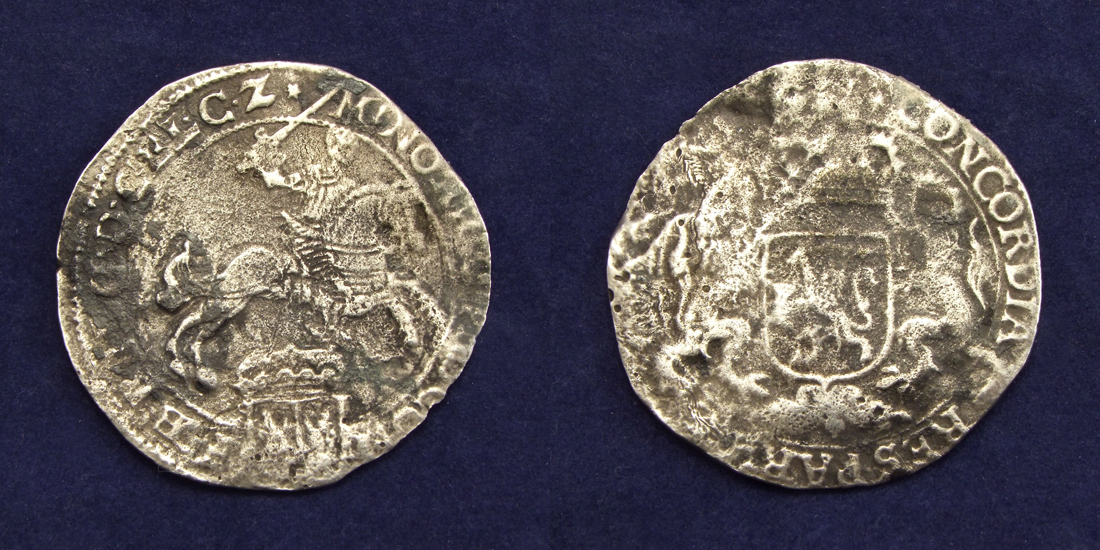
't Vliegend Hert (1735) - VOC Treasure off Zeeland
The VOC merchantman 't Vliegend Hert ("The Flying Deer") was launched in 1730. Beginning her second voyage to the East Indies on 3 February 1735, the ship struck a sandbar during a gale near the Scheldt estuary and sank with all hands.
The wreck site was rediscovered in 1981. Salvage operations recovered wine bottles, bullets and an intact chest with some 2,000 gold ducats and 5,000 silver reales; in 1991 a second chest emerged with more gold and Spanish reales, along with several cases of silver ducatons. Since these ducatons ("riders") were not listed on the official cargo documents, they were likely smuggled aboard by crew members to sell in the East Indies.
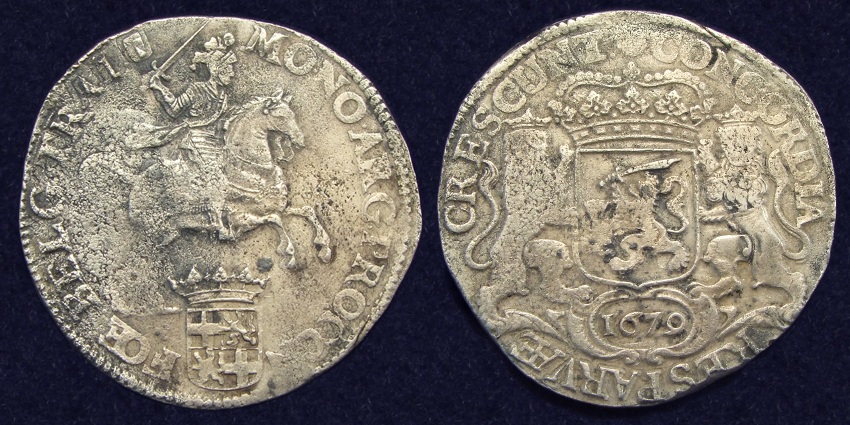
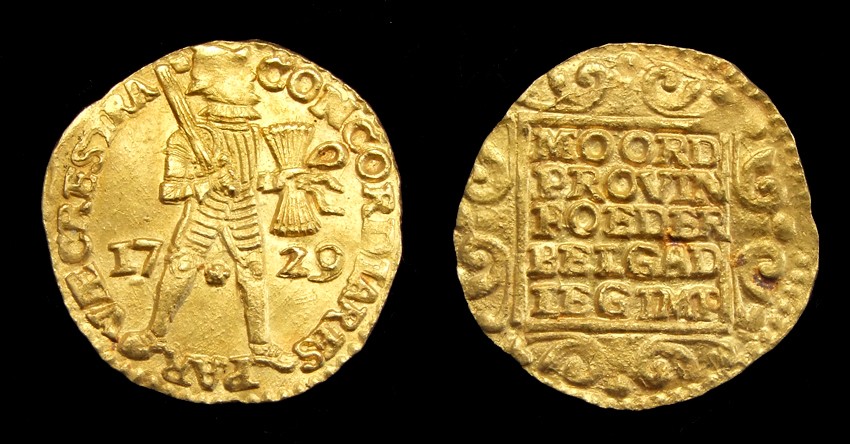
De Zuytdorp (1711) - VOC Wreck on the Western Australian Coast
The Zuytdorp, built in Middelburg for the VOC Chamber of Zeeland in 1701, sailed for Batavia in 1711 with a cargo of freshly minted Zeeland 2-stuivers and 6-stuivers dated 1711. The ship never arrived. The wreck was identified in 1927 on the Western Australian coast between Kalbarri and Shark Bay.
It is generally believed that the 1711 Zeeland 6-stuivers were lost with the Zuytdorp. Finds from the site illuminate VOC shipping along the treacherous route toward the East Indies and the circulation of Dutch silver coinage in the early 18th century.
